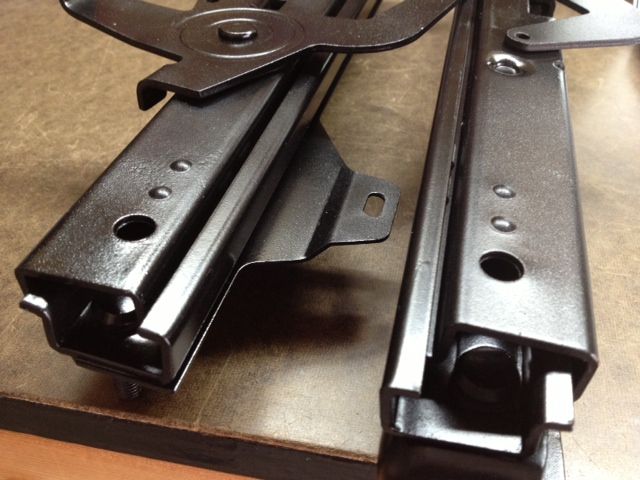Some of you have sent me PMs asking questions. I have responded to all, but I also like to share the info with those who have been following this topic. Here are some more photos and info. Take note: each photo's file name is unique, and the photo(s) will be preceded by a description.
Let's start with the bracket/screw.
Each bracket has a front and rear hole drilled for a 5/16" screw/bolt. Only one side of one hole is countersunk for the 5/16-18 flathead hex stainless screw. The bracket measures 2-7/8" long (it can be made longer if desired), and is 1" wide and 3/16" thick.
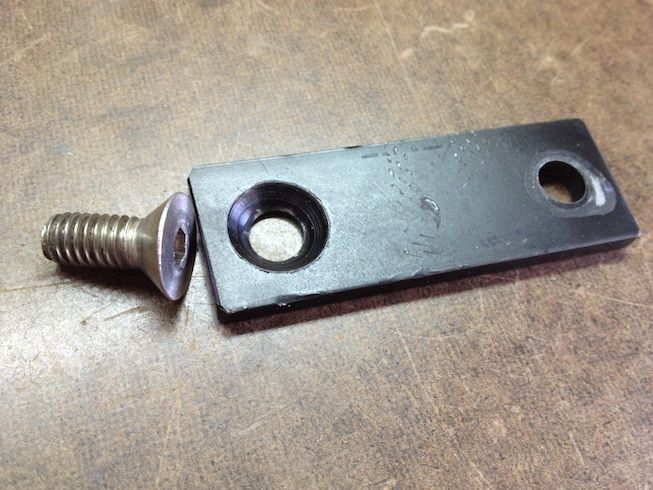
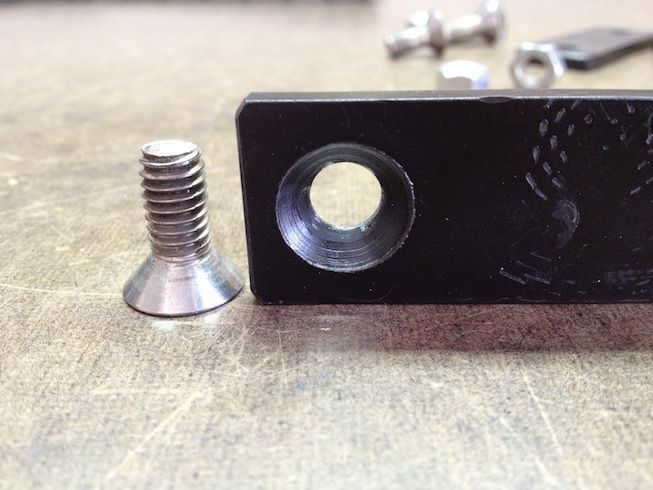
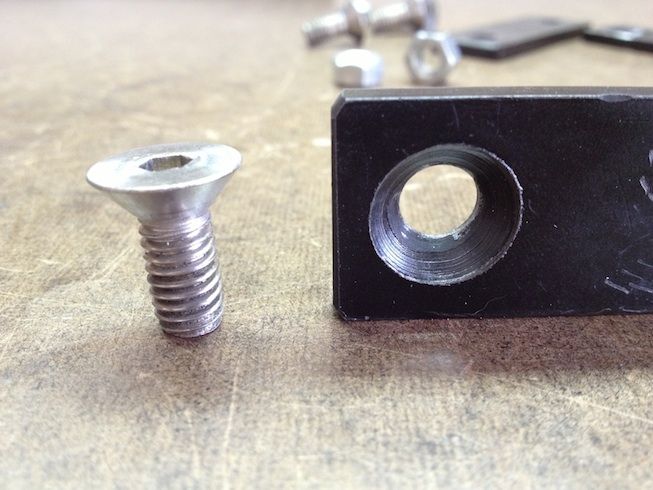
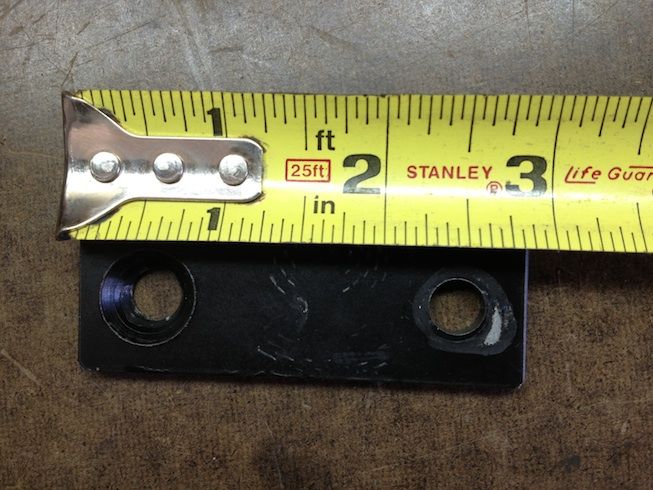

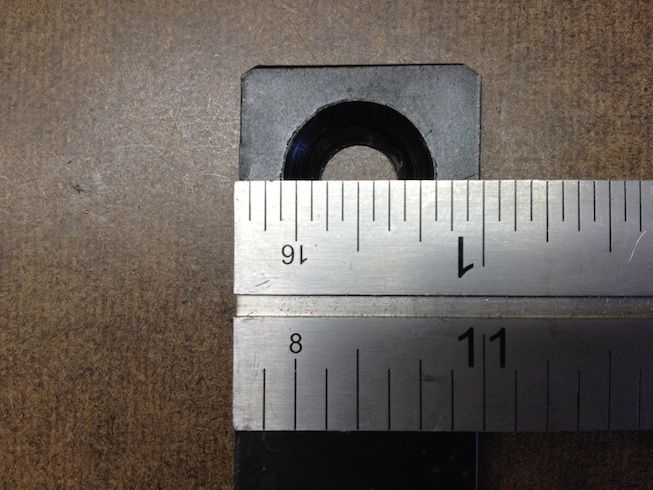
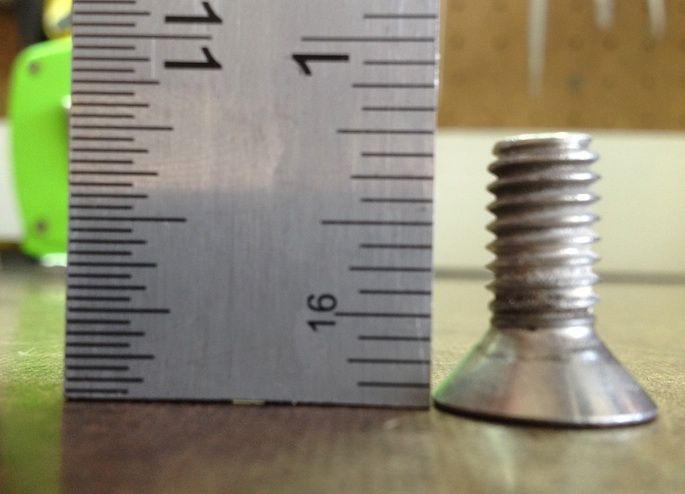
My seat tracks are currently disassembled for cleaning/painting/lubing. Fortunately, this helps to better see how the brackets work with the seat tracks/seat frames. Photos are of the driver's seat bottom and upper track halves. When using these brackets, there is NO drilling required into the floor, seat frames, or seat tracks. This means you can go back to stock easily and without any molestation to your car, seats, and tracks. They only work between the seat track and the seat frame. Trying to make brackets work inside the track opens up a whole host of issues to overcome. There is no interference with the travel of the seat tracks when the brackets are located between the seat frame and seat track.
Inboard Track:
First is without brackets, and second is with brackets.


Outboard Track:
First without brackets, and second is with brackets.

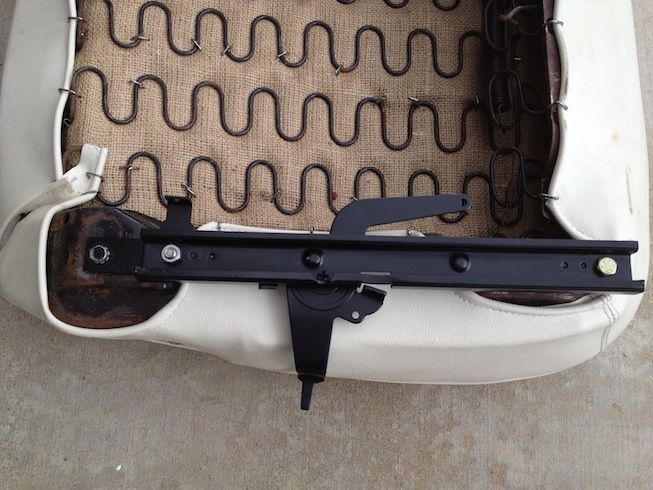
With the countersunk hole and the flathead screw, there is only an increase in seat height of 3/16". That's because of the bracket being located between the track and seat frame. The following photos show how/where the brackets are attached. This is done BEFORE the tracks are mounted to the bottom of the seat. You can't do it any other way.
Brackets attached to FRONT of seat frame:

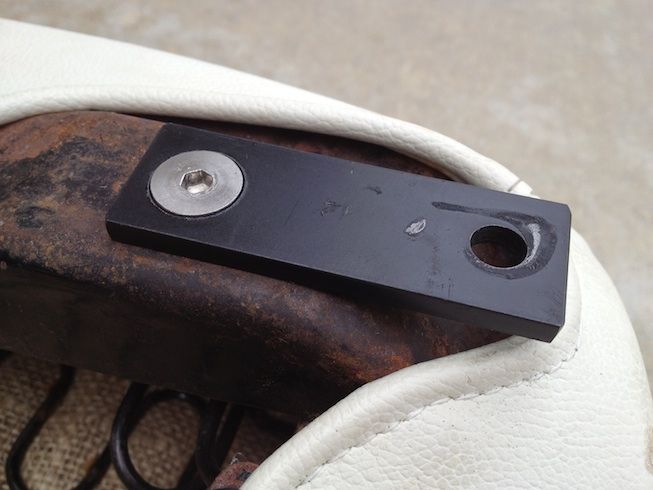
The next 4 photos show how the front of the tracks are attached to the front brackets.
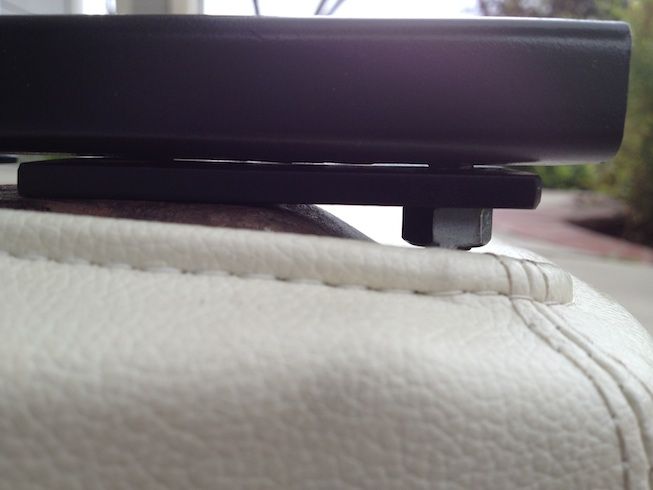
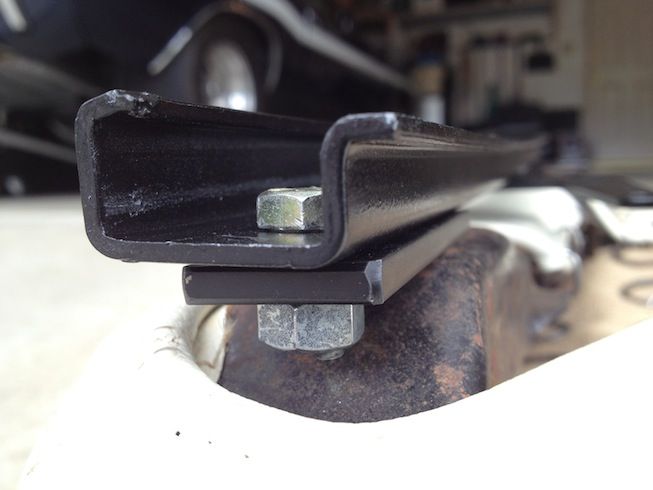
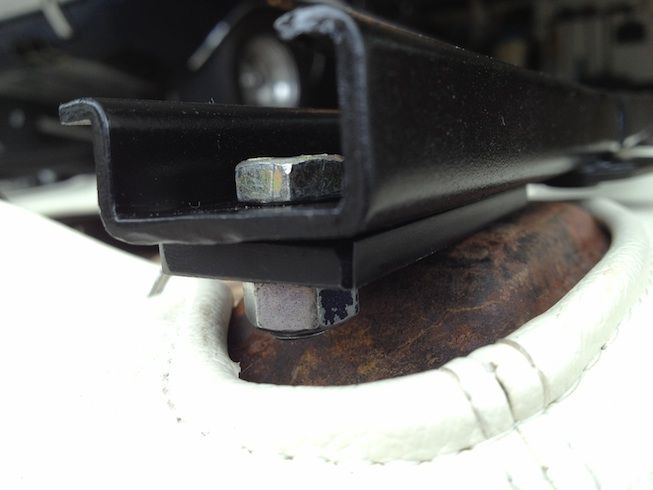
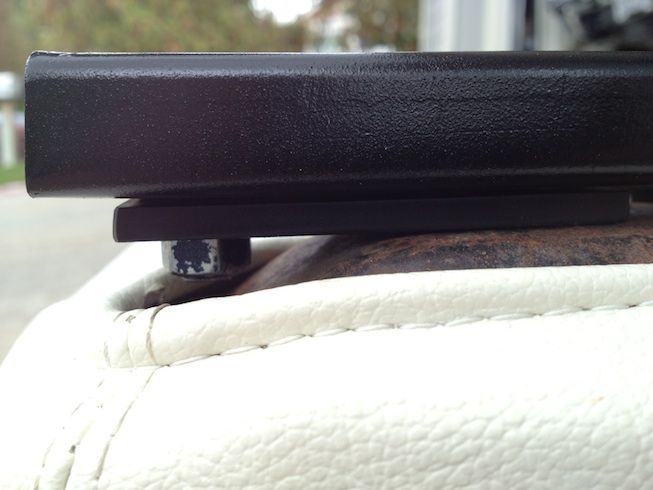
Brackets attached to REAR of seat tracks:
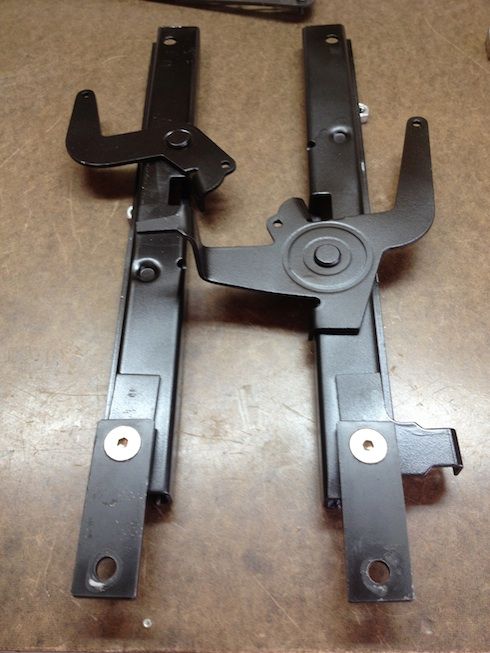
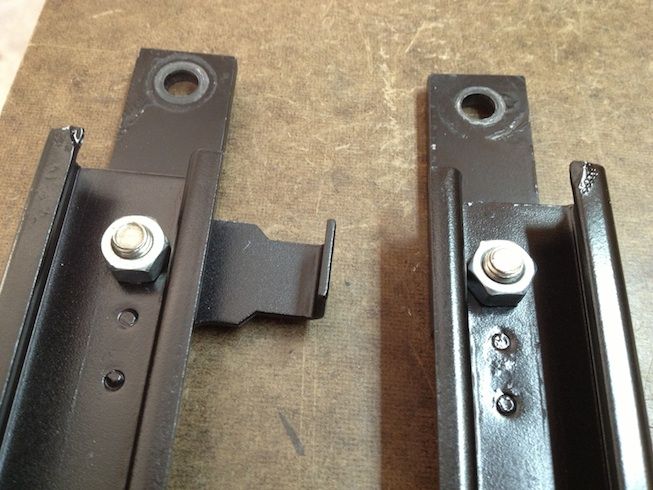
The next 4 photos show how the rear brackets are attached to the seat frame.
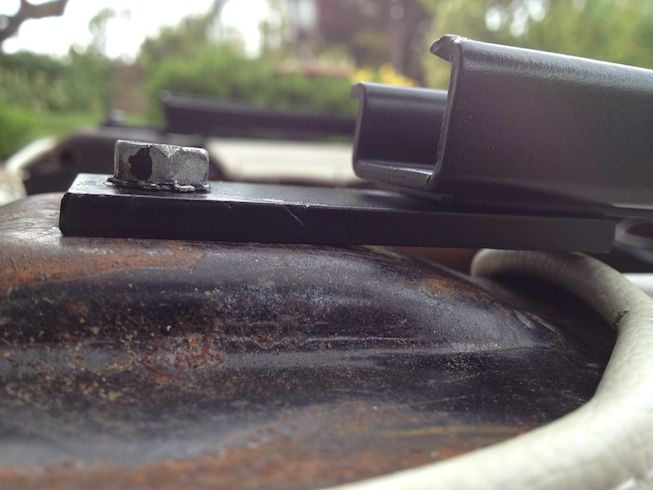
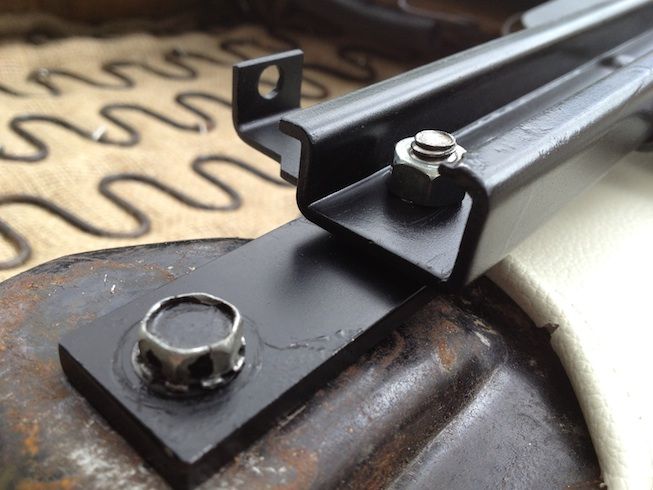
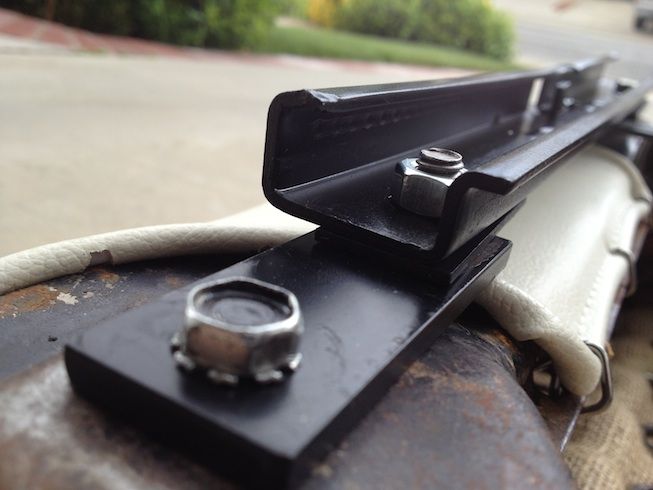
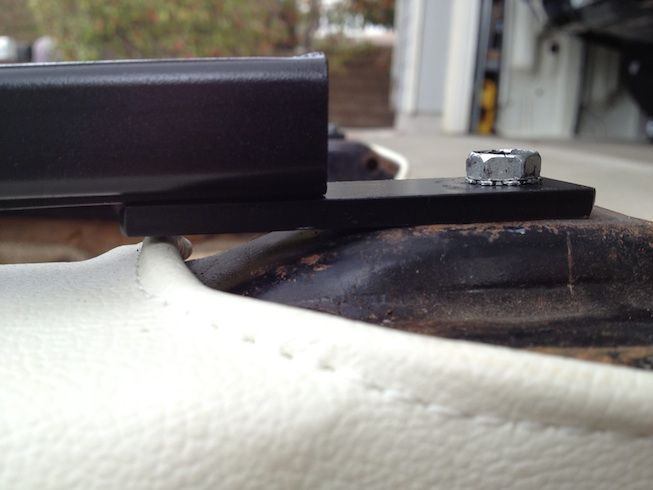
I believe the original bolts used to attach the seat tracks to the seat frame have a 7/16" hex head. I only had these bolts on my passenger seat (I used them to attach the rear brackets to the seat frame for the photos). Standard 5/16-18 bolts ALWAYS have a 1/2" hex head. If you use standard bolts, it will be difficult to get a socket into the seat track and onto the 1/2" bolt head to tighten it. That's probably why the manufacturer used bolts with a 7/16" head. No problem with using a socket on this. The previous owner used standard 5/16-18 bolts with a 1/2" hex head on the driver's seat. I had a very hard time finding 5/16-18 x 3/4" bolts with a 7/16" hex head. Then I stumbled across these bolts in the following photo. They are cheap for a set of 10 and they are hardened steel.
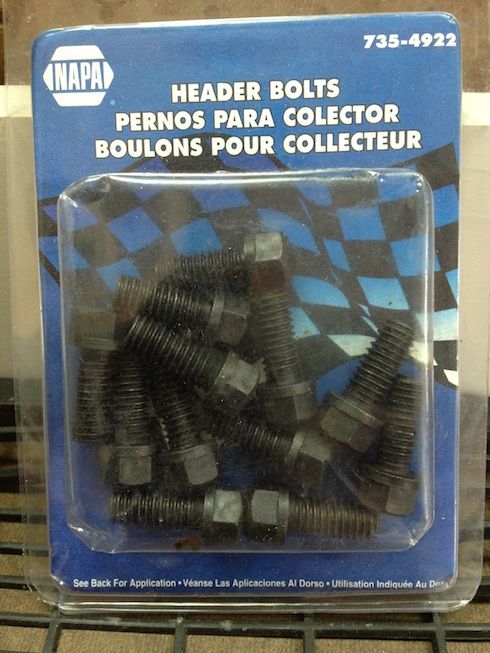

One other note: You should file/grind down the two nubs behind the mounting hole on the front of the seat track. This will allow the bracket to be flush with the track when mounted. The following shows the front of the passenger's seat tracks. These nubs are NOT filed down, but they are on my driver's seat tracks.
